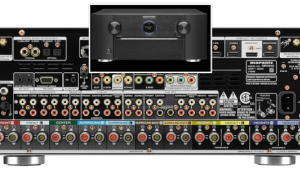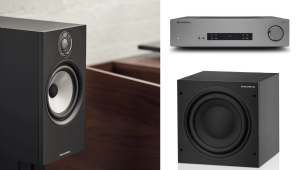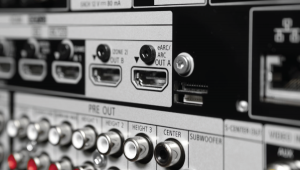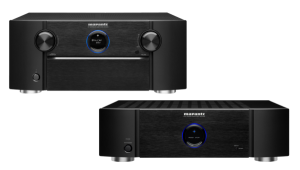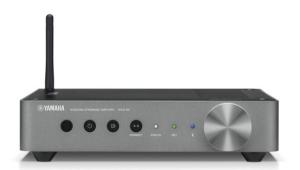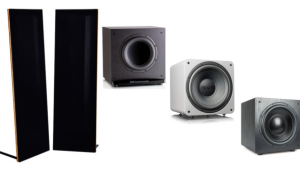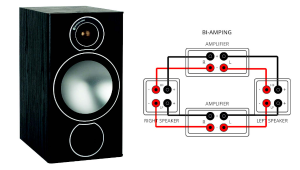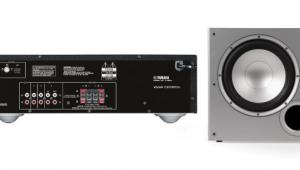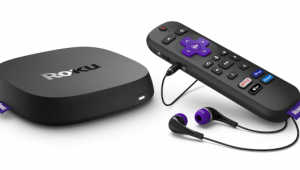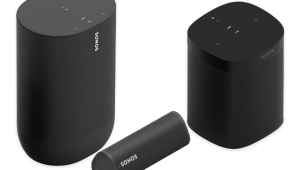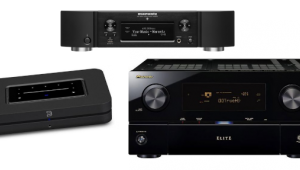What’s the Point of HDMI?
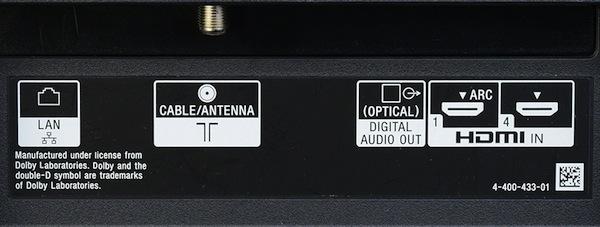
Q In a picture accompanying S&V’s recent article on VIZIO’s Reference UHDTV, I noticed a coaxial cable input on the back panel next to the HDMI connections. This made me wonder why coaxial cable is used to convey over-the-air and cable HD signals, but HDMI connections are used to carry them the last six feet to our screens. Is the issue copy protection in the HDMI cable? Or is it about compression/decompression? —Ben Hurwitz / Greensboro, NC
A With HDMI, it’s about copy protection. But let’s first address that coax jack. The coaxial cable input on a TV’s back panel is provided to connect an antenna designed to pull in digital TV broadcasts. A tuner inside the TV then demodulates the signal, stripping audio/video from the radio frequency carrier. Next, the MPEG-compressed A/V stream is decoded so that your TV can display it.
With digital cable, the process is similar, except a different modulation method is used to convey signals over the cable TV system’s wired network to your cable box.
Once HD signals are decoded by your cable, satellite, or other-type receiver, the uncompressed video and audio gets routed to an HDMI output. Those signals are then encrypted using a DRM (Digital Rights Management) scheme called HDCP (High-bandwidth Digital Content Protection). For the source device to pass the signals, a “handshake” must occur with he receiving device. This process creates a secure digital connection that prevents any content from being copied.
So yes, the main function of HDMI is to protect high-resolution digital content from being copied as it’s transmitted from the source device to a display. Movie studios demanded it, consumer electronics manufacturers stepped up to supply it, and that’s why HDMI is the predominant connector type on today’s A/V gear.
